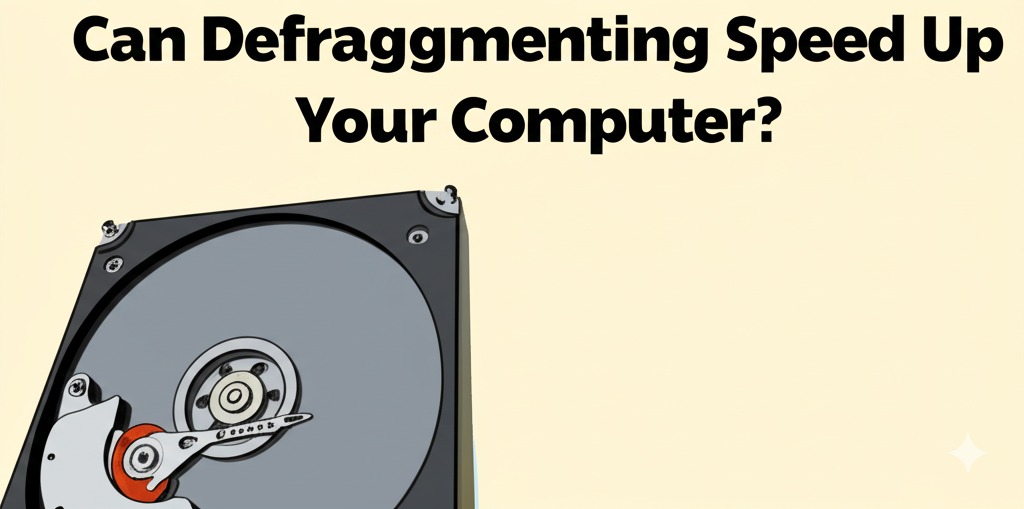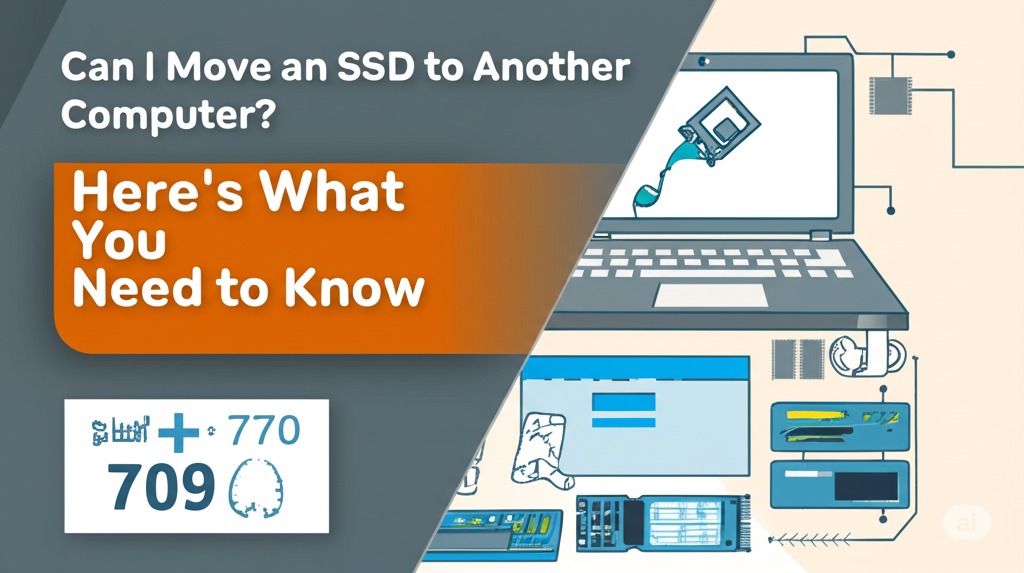If your computer has started feeling sluggish, you’re not alone. Over time, even the best machines can slow down, leaving users frustrated. You might have heard about defragmenting as a potential fix—but does defragmenting really speed up your computer? In this article, we’ll explore what defragmentation is, how it works, and whether it’s still relevant in today’s tech landscape.
What Is Defragmentation?
Before jumping into whether it improves speed, it’s important to understand what defragmentation actually is.
The Basics of Fragmentation
When you save files to your hard drive, they aren’t always stored in one single block. Instead, parts of files can be scattered across different sections of the drive. This is called fragmentation.
As you use your computer—installing programs, deleting files, saving documents—your hard drive gets more fragmented. The more fragmented your files are, the longer it can take your computer to access and open them.
What Does Defragmenting Do?
Defragmenting is the process of reorganizing your files so that pieces of the same file are stored close together. This reduces the time it takes for your hard drive to read data, potentially improving system performance.
Does Defragmenting Speed Up Your Computer?
For Traditional Hard Disk Drives (HDDs): Yes
If your computer uses a traditional spinning hard disk drive (HDD), defragmenting can absolutely help improve performance. Since HDDs rely on physical spinning disks and moving read/write heads, having files stored contiguously means the drive doesn’t have to work as hard.
Benefits of defragmenting an HDD:
- Faster file access
- Improved boot times
- Smoother overall system performance
For Solid-State Drives (SSDs): No
If your system has a solid-state drive (SSD), defragmenting is not only unnecessary—it’s not recommended. SSDs use flash memory and have no moving parts, so file location doesn’t affect read speeds.
In fact, defragmenting an SSD can reduce its lifespan by performing unnecessary write operations.
Bottom line:
- HDDs benefit from defragmentation
- SSDs do not—use optimization tools instead
How to Know If You Need to Defragment
You don’t need to defragment your hard drive every day. Most modern operating systems, like Windows 10 and 11, perform automatic defragmentation on a regular schedule.
However, you might want to manually defragment if:
- You’re using an older system or OS
- You’ve installed or deleted a large number of files
- Your system performance has noticeably dropped
Checking Fragmentation in Windows
You can check the fragmentation level on your hard drive with these steps:
- Press Windows Key + S, type Defragment, and open Defragment and Optimize Drives.
- Select your HDD from the list.
- Click Analyze to see the fragmentation percentage.
- If it’s above 10–15%, click Optimize to begin defragmentation.
Tips for Keeping Your Computer Running Smoothly
While defragmentation can help HDD users, it’s just one piece of the performance puzzle. Here are some other tips to boost your computer’s speed:
- Uninstall unused programs
- Limit startup applications
- Keep your OS and drivers updated
- Run regular malware scans
- Upgrade your RAM or switch to an SSD
Myths About Defragmentation
Let’s bust a few common myths:
- Myth: Defragmenting will fix all performance issues.
While it helps, it’s not a miracle cure. - Myth: You should defragment weekly.
Overdoing it can wear out your HDD. Monthly or bi-monthly is usually enough. - Myth: You should defragment SSDs.
Again—don’t do it. SSDs should be optimized, not defragmented.
Conclusion: Is Defragmenting Worth It?
Yes, defragmenting can speed up your computer—but only if you’re using a traditional HDD. For SSD users, focus on using built-in optimization tools instead. If your system is still running slow even after defragmenting, you might be dealing with other issues like outdated software, malware, or insufficient hardware.
🔧 Pro tip: Not sure if you’re using an HDD or SSD? Open Task Manager, go to the Performance tab, and check under Disk to see the type.

Caleb Carlson is a contributing writer at Computer Site Engineering, specializing in computer technology, software trends, and hardware innovations. His articles simplify complex tech topics, making them accessible to readers of all levels.





